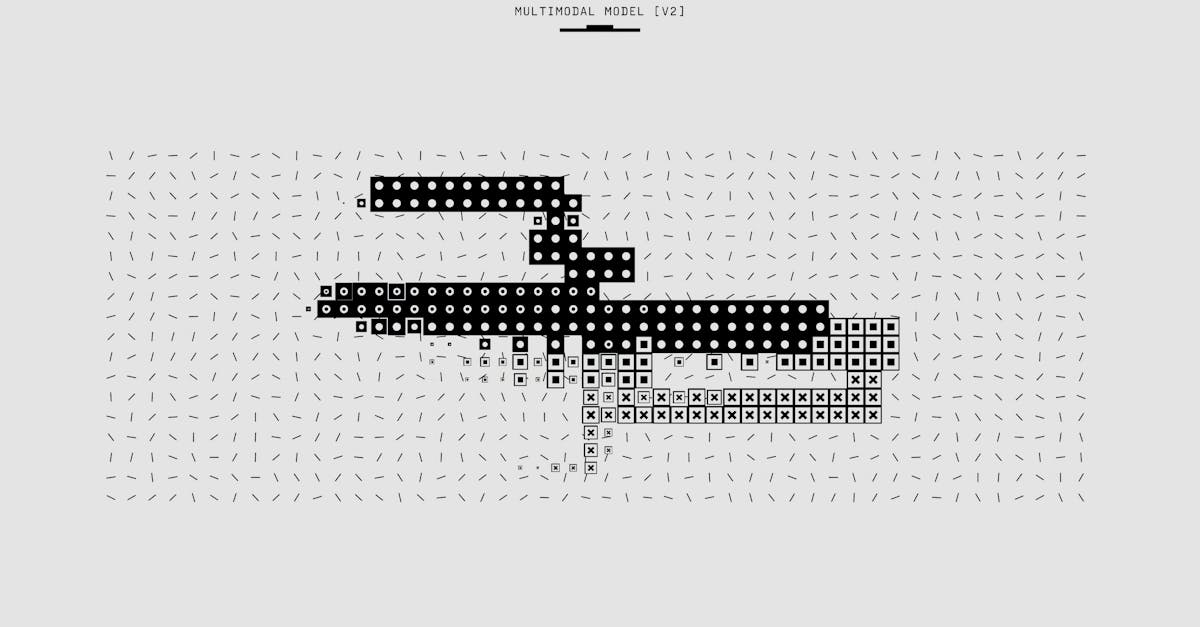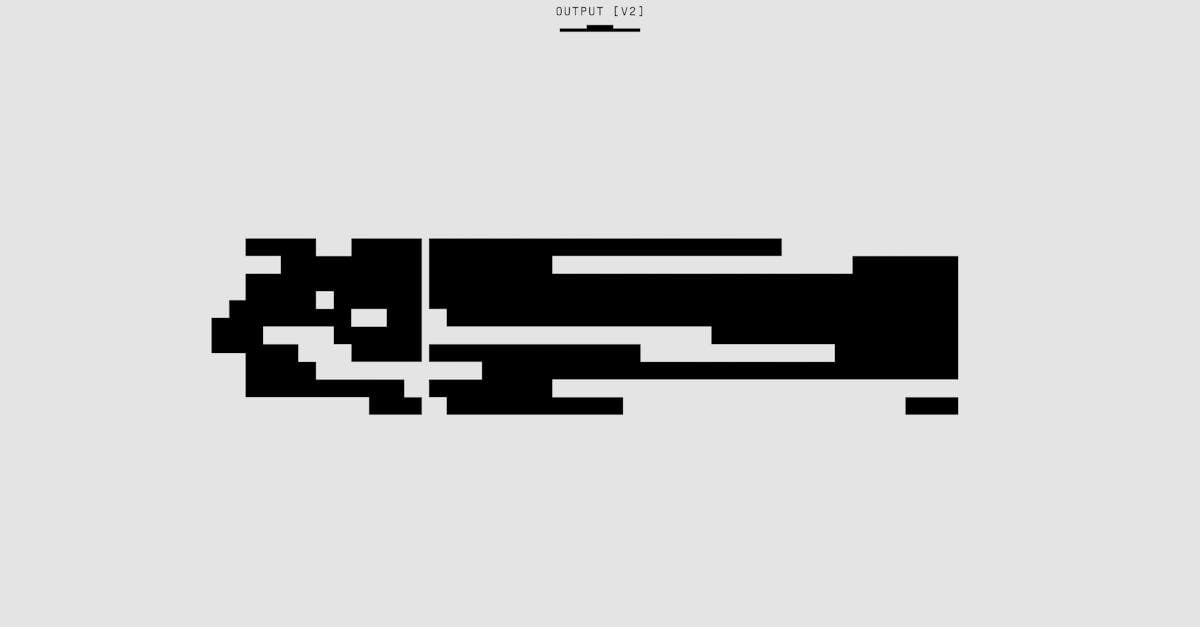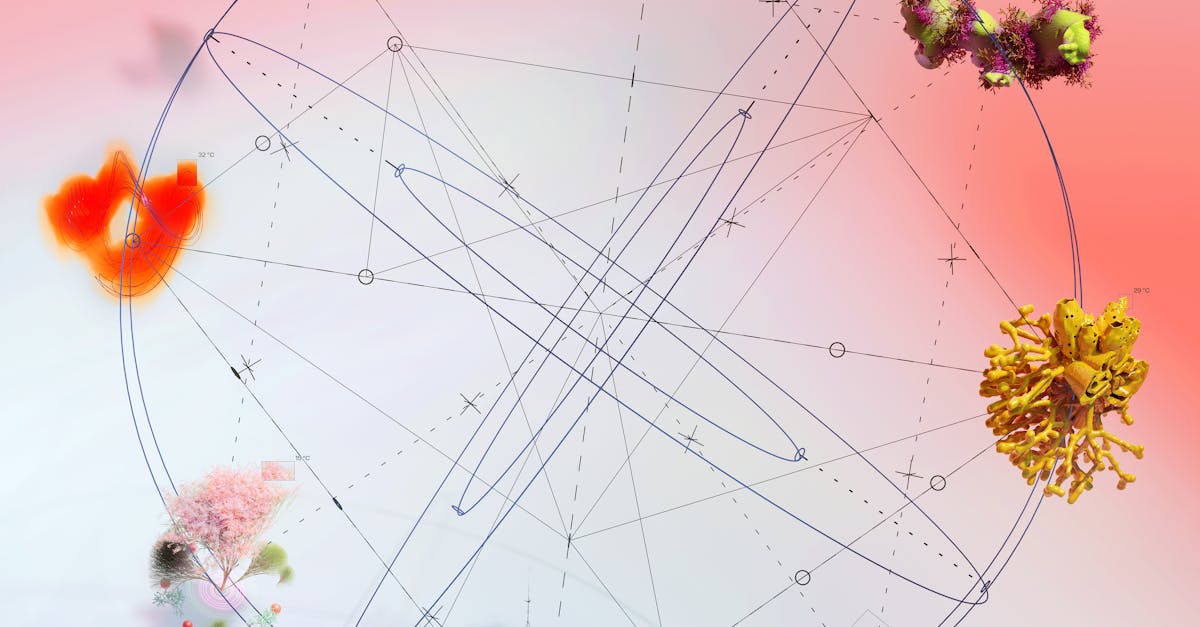
Irrigation Design
Table Of Contents
Brad Fordassocri offers top-notch irrigation design services for all types of landscapes. With their expertise in landscape design, their team meticulously plans and implements irrigation systems that are both efficient and sustainable. Whether it's for a residential garden or a commercial property, Brad Fordassocri works closely with their clients to ensure that the irrigation design meets their specific needs and requirements. From selecting the right sprinkler system to incorporating water-saving technologies, they strive to create irrigation solutions that help conserve water and promote healthy plant growth. Trust Brad Fordassocri to design an irrigation system that will keep your landscape looking lush and vibrant year-round.
Troubleshooting Common Issues
Sprinkler systems are a vital component of a well-maintained landscape design, ensuring that plants and grass receive adequate water to thrive. However, common issues can arise that may hinder the system's effectiveness. One frequent problem is dry spots in the lawn or overwatering in certain areas. This can be caused by factors such as water pressure issues, misaligned spray patterns, or incorrect sprinkler head types for the designated area. By assessing these factors and making necessary adjustments, you can achieve a more uniform water distribution across your yard.
Maximizing the efficiency of your irrigation system is crucial for both plant health and water conservation. Implementing smart controllers can help tailor watering schedules to specific plant needs and weather conditions, preventing overwatering or underwatering. Regular maintenance and repairs are essential to keep the system running smoothly. Creating a routine schedule for checking sprinkler heads, nozzles, and water sources can help identify and address any issues promptly, ensuring your landscape stays lush and healthy.
Fixing Dry Spots and Overwatering
To address dry spots in your irrigation system, start by checking the sprinkler heads. Make sure they are not clogged or damaged, preventing water from reaching certain areas of your lawn. Adjust the spray pattern and direction of the heads if needed to ensure even coverage. It's also important to inspect the water pressure to confirm it's adequate for all areas to be watered effectively. Consider installing pressure-regulating devices if there are significant differences in water pressure throughout the system. Additionally, check for any leaks in the pipes or connections that could be causing reduced water flow to specific zones. Properly maintaining and cleaning the system regularly can help prevent dry spots and ensure optimal performance.
Overwatering can lead to water wastage and damage to plants, so it's crucial to address this issue promptly. To avoid overwatering, ensure that your system isn't running for too long at each watering session. Adjust the watering schedule based on weather conditions, especially during rainy periods. Consider installing moisture sensors that can detect soil moisture levels and prevent the system from watering when unnecessary. Regularly inspect the system for any malfunctions, such as stuck control valves or programming errors that may be causing overwatering in certain zones. By addressing these issues and adjusting your irrigation system accordingly, you can effectively prevent overwatering and promote healthier landscapes.
Maximizing System Efficiency
To maximize system efficiency when it comes to irrigation design, landscape architects need to pay close attention to the selection and placement of different components. Preference should be given to low-flow components like drip emitters or bubblers over impact sprinklers to reduce water wastage and ensure targeted watering. Implementing smart controllers can also have a significant impact on efficiency by adjusting watering schedules based on weather conditions and plant needs. By utilizing these modern technologies, irrigation systems can be fine-tuned to deliver the right amount of water at the right times, promoting healthier vegetation while conserving water resources.
Furthermore, ensuring proper piping size and clearance is essential for efficient water distribution. The diameter of piping should match the water flow requirements of the system to prevent pressure drop and optimize water delivery. Additionally, regular maintenance of valves, pipelines, and backflow preventers can help to prevent clogs and leaks that can lead to water wastage or disease spread. By prioritizing system maintenance and making informed decisions about component placement and type, landscape designers can create irrigation systems that not only function effectively but also contribute towards sustainable water usage practices in agriculture and landscaping projects.
Implementing Smart Controllers
Smart controllers offer a convenient and efficient way to manage irrigation systems, allowing for precise control over watering schedules and durations. By incorporating weather data and soil moisture sensors, these advanced controllers can adjust watering levels automatically, optimizing water usage and promoting healthier landscapes. With features such as remote access through mobile apps and the ability to create customized watering schedules, smart controllers provide a user-friendly interface for both experienced landscapers and the average homeowner.
Implementing smart controllers involves integrating the system with existing components such as valves, backflow preventers, and water meters. Mapping out zones and assigning appropriate watering times based on factors like plant type, sun exposure, and soil type is crucial for maximizing the efficiency of the irrigation system. Furthermore, ensuring that the smart controller is programmed correctly and regularly maintained will help prevent issues such as overwatering or dry spots, ultimately improving the overall health and appearance of the landscape.
Maintenance and Repairs
Regular maintenance is essential to ensure the optimal performance of your irrigation system. Inspecting pipelines for leaks, checking sprinkler heads for proper functioning, and clearing any clogs are tasks that should be done periodically. It is also important to assess the system's coverage and adjust the watering schedule accordingly to meet the specific needs of your garden or landscape.
When it comes to repairs, prompt action is key to preventing further damage. Whether it's fixing a broken sprinkler head, repairing a leak in the piping, or replacing a malfunctioning valve, addressing issues promptly can save you both time and money in the long run. Keeping a close eye on the system and addressing any problems as soon as they arise will help maintain the efficiency and effectiveness of your irrigation system.
Creating a Routine Schedule
Creating a routine schedule for irrigation maintenance is crucial to ensuring the longevity and effectiveness of your system. Start by establishing a regular watering routine based on the specific needs of your landscape, taking into account factors such as the type of soil, climate conditions, and plant types. It's important to monitor the water output and adjust the schedule as needed to prevent overwatering or under-watering.
In addition to regular watering, make sure to schedule routine inspections of the irrigation system to check for leaks, clogs, or other issues that may affect its performance. Inspect the valves, pipes, and sprinkler heads for any damage or wear, and replace or repair any faulty components promptly. Cleaning or replacing filters and adjusting water pressures can also help keep the system running efficiently. By following a consistent maintenance schedule, you can prevent costly repairs and ensure that your landscape remains healthy and vibrant.
FAQS
How can I troubleshoot common issues with my irrigation system?
To troubleshoot common issues with your irrigation system, start by checking for clogged nozzles, broken pipes, or malfunctioning valves. Make sure all components are properly connected and functioning as they should.
What should I do if I notice dry spots or overwatering in my lawn or garden?
If you notice dry spots, adjust the sprinkler heads or add additional drip emitters to ensure proper coverage. For overwatering, consider reducing the watering duration or frequency to prevent water wastage and potential plant damage.
How can I maximize the efficiency of my irrigation system?
You can maximize the efficiency of your irrigation system by using weather-based smart controllers, grouping plants with similar water needs together, and regularly monitoring and adjusting your watering schedule based on seasonal changes.
What are smart controllers and how can they help improve irrigation efficiency?
Smart controllers are devices that use weather data and soil moisture levels to adjust watering schedules automatically. They help prevent overwatering, reduce water wastage, and ensure your plants receive the right amount of water based on their specific requirements.
What maintenance and repairs are typically required for an irrigation system?
Regular maintenance for an irrigation system may include cleaning filters, checking for leaks, adjusting sprinkler heads, and replacing damaged components. Repairs may involve fixing broken pipes, replacing valves, or upgrading outdated technology to improve system performance.
How can I create a routine schedule for maintaining my irrigation system?
To create a routine schedule for maintaining your irrigation system, make a checklist of tasks such as checking for leaks, cleaning filters, adjusting settings seasonally, and scheduling regular inspections. Set reminders to ensure timely maintenance and keep your system in top condition.






